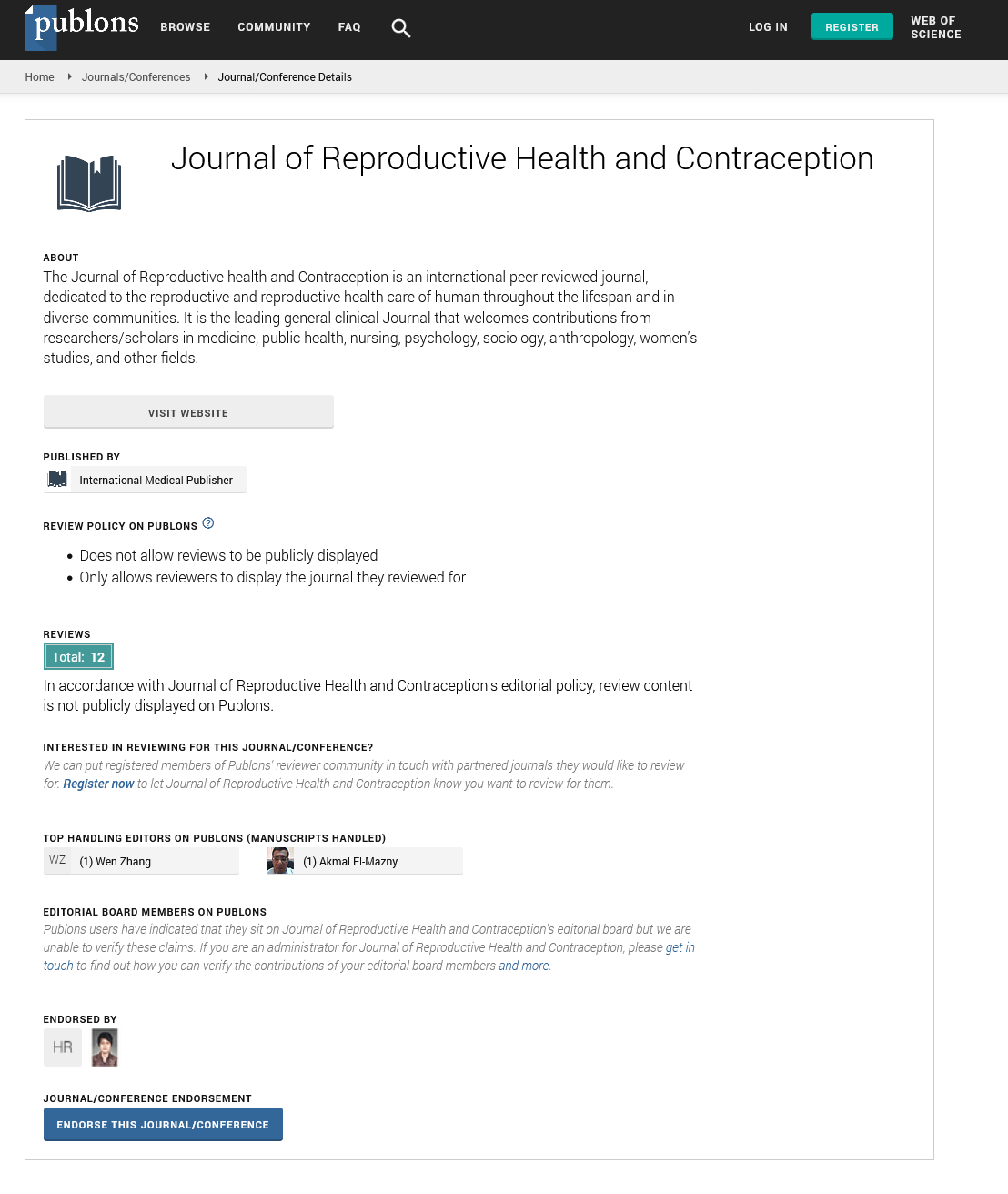Abstract
Magnitude of Anemia and Socio Demographic Factors Associated with it among Adults Age 15-49 Years in Ethiopia: A Population Based Study using the 2016 Demographic and Health Survey Data
Background: According to World Health Organization (WHO); anemia considered as a major public threat when prevalence was greater than 40%, a moderate public threat from 20-40%, and as a mild threat from 5-20%. This study aims to assess the prevalence of anemia and its associated socio demographic factors among adults age 15-49 years in Ethiopia. Methods: Demographic and Health Surveys in 2016, in Ethiopia were analyzed in SPSS, using multivariate logistic regression. Socio demographic variables were selected based on their availability in the dataset. Results: The total sample of 27289 of men and women 15-49 years at the time of survey, 19.8 % (n=5078) anemia. Men and women 15-49 years living in rural areas 0.029 (AOR 0.029 ; 95% CI:0.018--0.048), men and women age living in afar region 0.821 (AOR 0.821; 95% CI: 0.725--0.929), men and women who are in lowest wealth quintile 1.255 (AOR 1.255; 95% CI: 1.091-1.445) and an increase in one-year in age 9.952 (95% CI 6.2 to 16.1) were found significant predictors of anemia. Conclusion: The magnitude of anemia in the current study was found to be a mild public health problem. Rural residence, low wealth quartile and old age were predictors of anemia among adults Age 15-49 years. There is significant urban- rural difference in anemia prevalence, indicating the need for targeting specific areas for intervention.
Author(s):
Kaleab Tesfaye Tegegne*
Abstract | Full-Text | PDF
Share this

Google scholar citation report
Citations : 201
Journal of Reproductive Health and Contraception received 201 citations as per google scholar report
Journal of Reproductive Health and Contraception peer review process verified at publons
Abstracted/Indexed in
- Google Scholar
- China National Knowledge Infrastructure (CNKI)
- WorldCat
- Publons
Open Access Journals
- Aquaculture & Veterinary Science
- Chemistry & Chemical Sciences
- Clinical Sciences
- Engineering
- General Science
- Genetics & Molecular Biology
- Health Care & Nursing
- Immunology & Microbiology
- Materials Science
- Mathematics & Physics
- Medical Sciences
- Neurology & Psychiatry
- Oncology & Cancer Science
- Pharmaceutical Sciences


